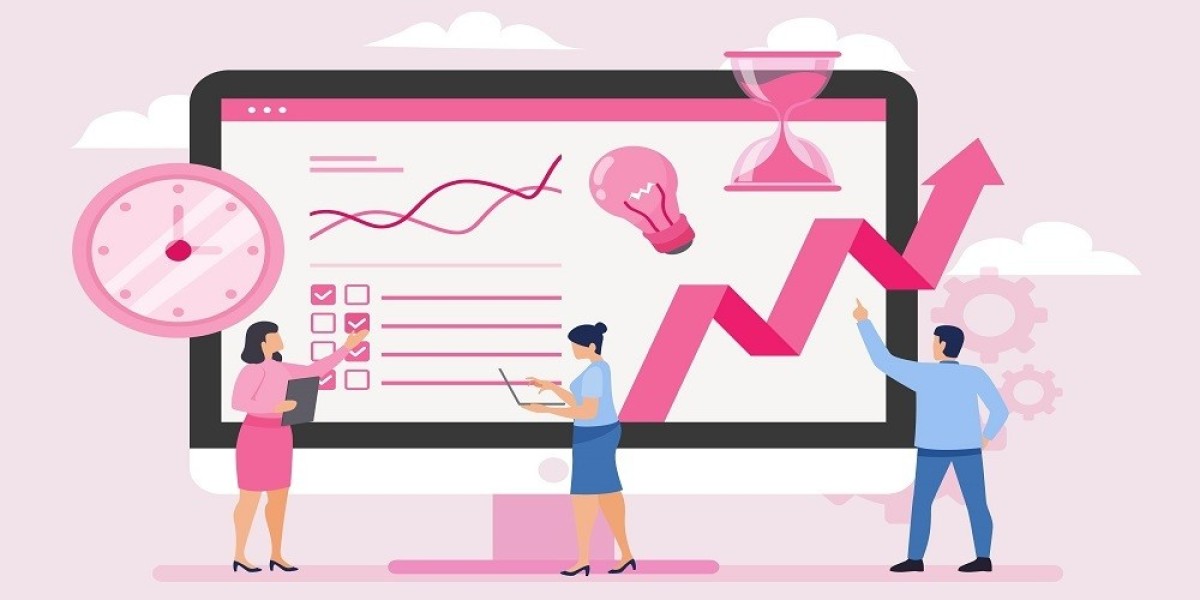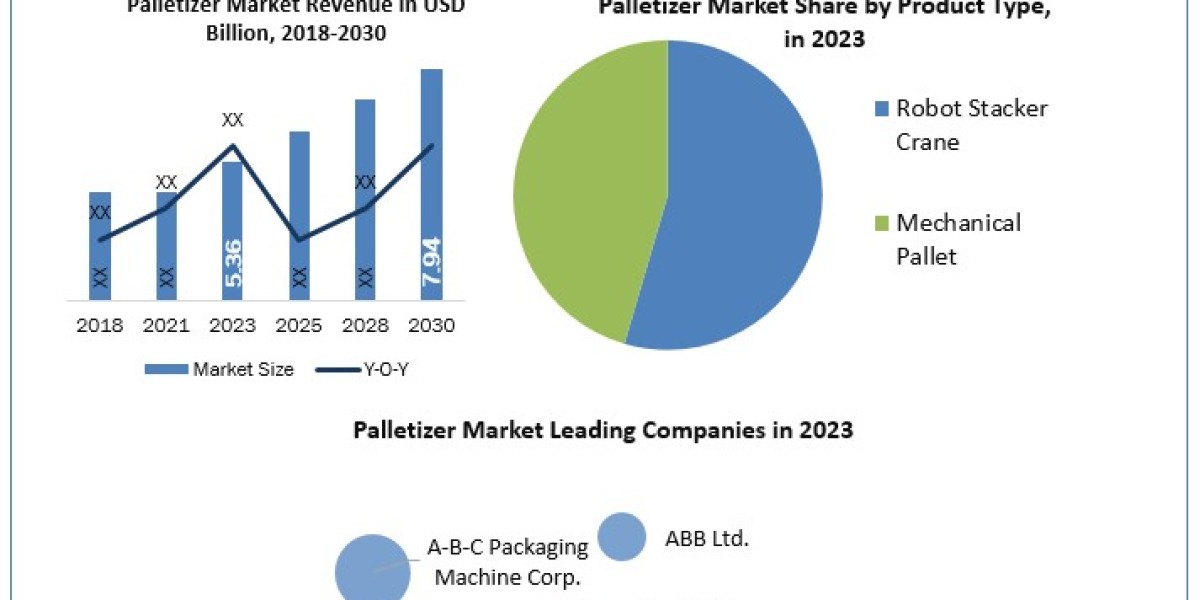Introduction:
In today's dynamic business environment, staying ahead of the curve requires more than just reacting to market trends; it demands the ability to anticipate them. Seasonal forecasting has emerged as a crucial tool for businesses across industries, enabling them to make informed decisions, optimize resources, and capitalize on emerging opportunities. In this blog, we delve into the intricacies of seasonal forecasting, exploring techniques and methods that unlock its transformative power.
Understanding Seasonal Forecasting:
Seasonal forecasting involves predicting future trends, patterns, and behaviors based on historical data and seasonal variations. It encompasses a range of factors, including weather patterns, consumer behavior, economic indicators, and industry trends. By analyzing past patterns and trends, businesses can anticipate fluctuations in demand, supply chain disruptions, and market dynamics, enabling proactive decision-making.
Key Techniques and Methods:
Historical Data Analysis:
At the core of seasonal forecasting lies historical data analysis. By examining past trends and patterns, businesses can identify recurring seasonal variations and fluctuations. This analysis provides valuable insights into consumer preferences, purchasing behavior, and market dynamics, serving as the foundation for accurate forecasting models.
Statistical Modeling:
Statistical modeling techniques, such as time series analysis and regression analysis, play a pivotal role in seasonal forecasting. Time series analysis enables businesses to identify and quantify seasonal patterns, while regression analysis helps in understanding the relationship between various factors influencing seasonal trends. By applying these techniques to historical data, businesses can develop robust forecasting models that capture the complexities of seasonal variations.
Weather Forecasting:
Weather exerts a significant influence on consumer behavior and market demand, particularly in industries such as agriculture, retail, and tourism. Integrating weather forecasting data into seasonal forecasting models allows businesses to anticipate the impact of weather fluctuations on sales, production, and supply chain operations. Advanced weather forecasting techniques, including machine learning algorithms and predictive analytics, enhance the accuracy of seasonal forecasts, enabling businesses to mitigate risks and capitalize on weather-driven opportunities.
Demand Forecasting:
Demand forecasting is a critical component of seasonal forecasting, especially for retailers, manufacturers, and service providers. By analyzing historical sales data, market trends, and consumer behavior patterns, businesses can predict future demand levels for their products or services across different seasons. Advanced demand forecasting techniques, such as predictive analytics and machine learning algorithms, enable businesses to anticipate demand fluctuations with greater accuracy, optimize inventory management, and enhance customer satisfaction.
Collaborative Forecasting:
Collaborative forecasting involves leveraging insights and inputs from various stakeholders, including suppliers, distributors, retailers, and industry experts. By fostering collaboration and sharing information across the supply chain, businesses can enhance the accuracy of seasonal forecasts and improve inventory planning, production scheduling, and distribution logistics. Collaborative forecasting also facilitates agility and responsiveness to changing market dynamics, enabling businesses to adapt quickly to evolving customer preferences and competitive pressures.
Scenario Planning:
In addition to traditional forecasting methods, scenario planning enables businesses to explore alternative future scenarios and assess their potential impact on operations, finances, and strategic objectives. By simulating different scenarios based on varying assumptions and parameters, businesses can identify potential risks, opportunities, and challenges associated with seasonal fluctuations. Scenario planning empowers businesses to develop contingency plans, optimize resource allocation, and mitigate the impact of unforeseen and events, ensuring resilience and agility in a volatile business environment.
Seasonal forecasting is a powerful tool that empowers businesses to anticipate and adapt to seasonal variations, market trends, and consumer preferences. By leveraging techniques such as historical data analysis, statistical modeling, weather forecasting, demand forecasting, collaborative forecasting, and scenario planning, businesses can unlock the transformative power of seasonal forecasting, driving informed decision-making, optimizing resources, and gaining a competitive edge in today's dynamic marketplace.
Future Trends and Challenges:
Looking ahead, the future of seasonal forecasting is marked by emerging trends such as big data analytics, artificial intelligence, and predictive modeling. As businesses collect and analyze larger volumes of data from diverse sources, including IoT sensors, social media platforms, and mobile devices, the accuracy and granularity of seasonal forecasts are expected to improve significantly.
However, along with opportunities, seasonal forecasting also presents challenges, including data privacy concerns, algorithmic biases, and regulatory compliance issues. Businesses must address these challenges proactively by implementing robust data governance frameworks, ensuring transparency and accountability in algorithmic decision-making, and adhering to regulatory requirements such as GDPR and CCPA.
Seasonal forecasting is an indispensable tool for businesses seeking to navigate the complexities of seasonal variations, market dynamics, and consumer preferences. By leveraging advanced techniques such as historical data analysis, statistical modeling, weather forecasting, demand forecasting, collaborative forecasting, and scenario planning, businesses can unlock the transformative power of seasonal forecasting, driving informed decision-making, optimizing resources, and gaining a competitive edge in today's dynamic marketplace.
Furthermore, as technology continues to evolve and data analytics tools become more sophisticated, the potential for seasonal forecasting to revolutionize business operations is immense. Businesses that embrace innovation and invest in cutting-edge forecasting methods stand to gain a significant advantage over their competitors, enabling them to anticipate market trends, mitigate risks, and capitalize on emerging opportunities.
Moreover, the integration of seasonal forecasting into strategic planning processes enables businesses to align their resources, investments, and initiatives with anticipated seasonal trends, enhancing efficiency and effectiveness across the organization. By incorporating seasonal forecasts into financial planning, marketing campaigns, inventory management, and supply chain operations, businesses can optimize resource allocation, minimize costs, and maximize ROI.
However, realizing the full potential of seasonal forecasting requires a holistic approach that goes beyond technical expertise and data analytics capabilities. It requires a culture of collaboration, innovation, and continuous learning, where stakeholders across the organization are empowered to contribute insights, challenge assumptions, and drive strategic decision-making based on actionable intelligence derived from seasonal forecasts.
In conclusion, seasonal forecasting is not just a tool or technique; it's a strategic imperative for businesses seeking to thrive in today's volatile and competitive marketplace. By harnessing the power of historical data analysis, statistical modeling, weather forecasting, demand forecasting, collaborative forecasting, and scenario planning, businesses can unlock new opportunities, mitigate risks, and achieve sustainable growth in an ever-changing environment.
Predict your sales volume and demand trends with our Artificial Intelligence-based SaaS platform visit: https://thousense.ai/
Source: https://bresdel.com/blogs/501332/Unlocking-the-Power-of-Seasonal-Forecasting-Techniques-and-Methods








